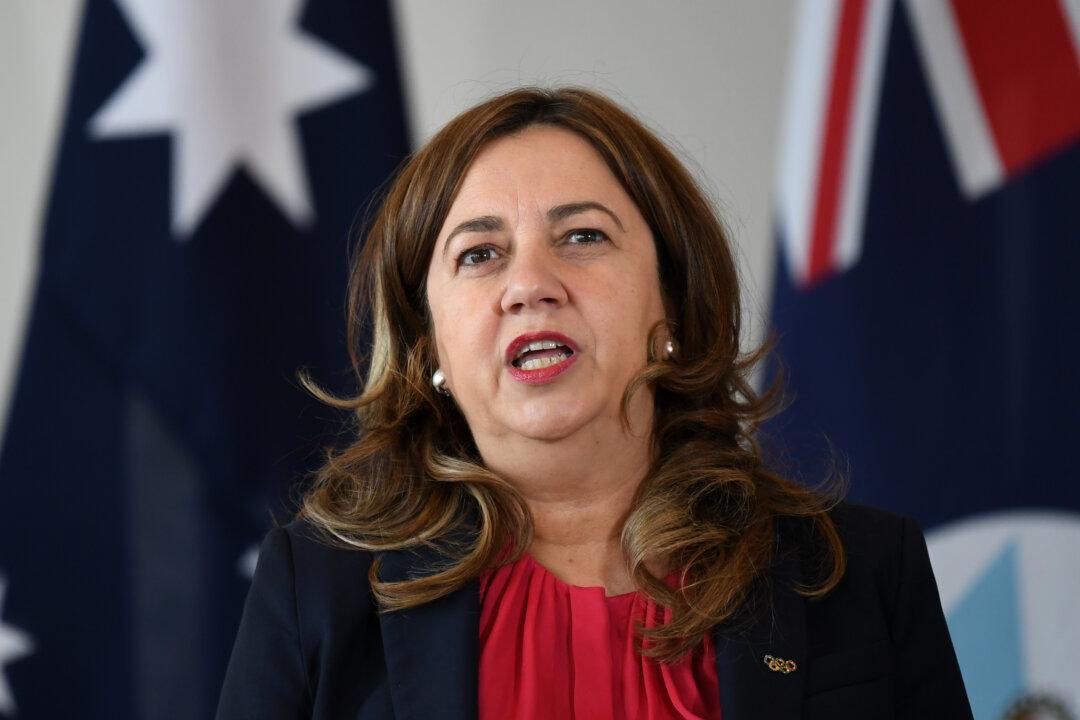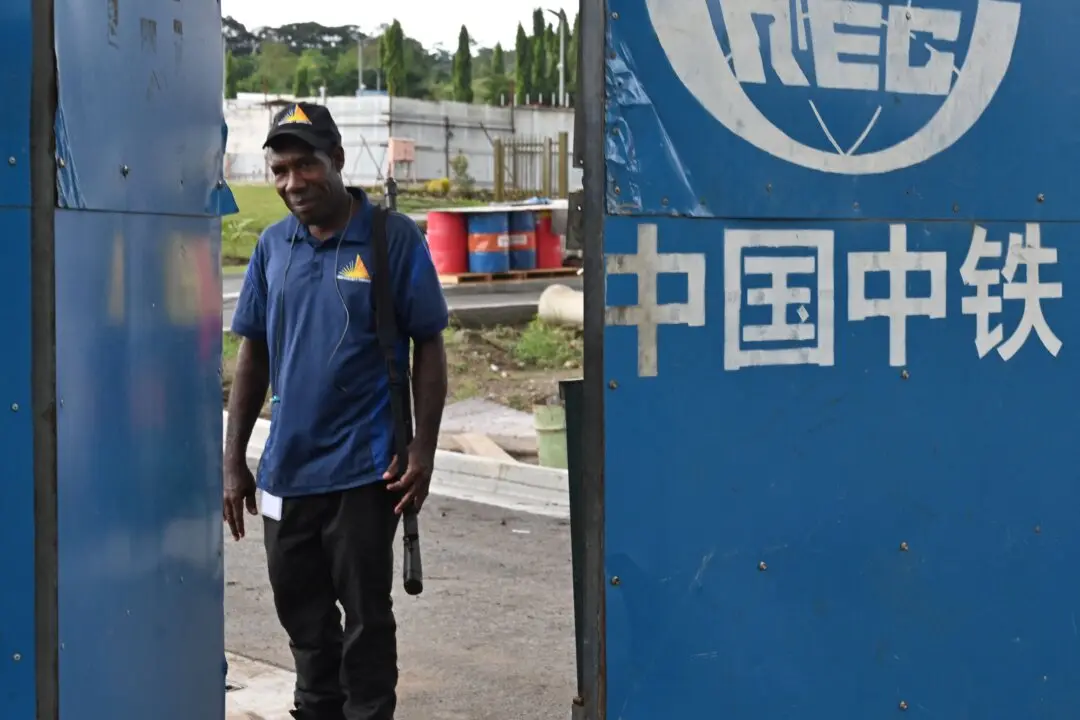Landlords in Queensland could be forced to keep rents artificially low as the state government considers ways to deal with its housing crisis.
Over 150,000 families were dealing with housing stress in the state, with 100,000 of those eligible for social housing—the current waitlist is 27,000—according to a new report by the Queensland Council of Social Service (QCOSS).





